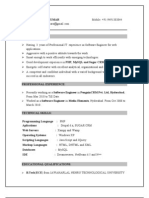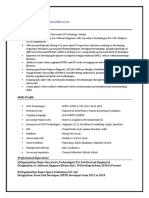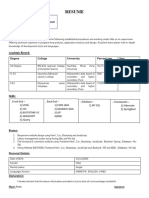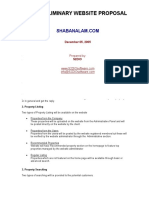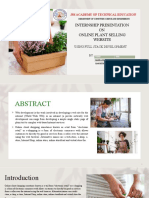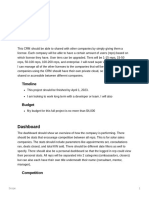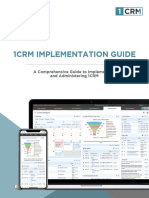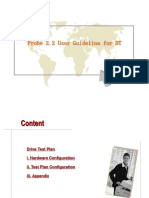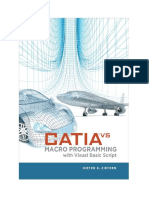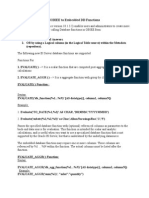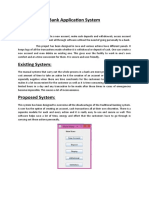0% found this document useful (0 votes)
66 views5 pagesCRM Tutorial
The document outlines the setup and development of a CRM project named 'mycrm' using tools like Visual Studio Code and XAMPP for local development. It details the project folder structure, including directories for assets, includes, and various PHP pages, each serving specific functions such as user management and customer management. Additionally, it provides a comprehensive list of PHP files and their purposes within the CRM system.
Uploaded by
saadi khanCopyright
© © All Rights Reserved
We take content rights seriously. If you suspect this is your content, claim it here.
Available Formats
Download as DOCX, PDF, TXT or read online on Scribd
0% found this document useful (0 votes)
66 views5 pagesCRM Tutorial
The document outlines the setup and development of a CRM project named 'mycrm' using tools like Visual Studio Code and XAMPP for local development. It details the project folder structure, including directories for assets, includes, and various PHP pages, each serving specific functions such as user management and customer management. Additionally, it provides a comprehensive list of PHP files and their purposes within the CRM system.
Uploaded by
saadi khanCopyright
© © All Rights Reserved
We take content rights seriously. If you suspect this is your content, claim it here.
Available Formats
Download as DOCX, PDF, TXT or read online on Scribd
/ 5
